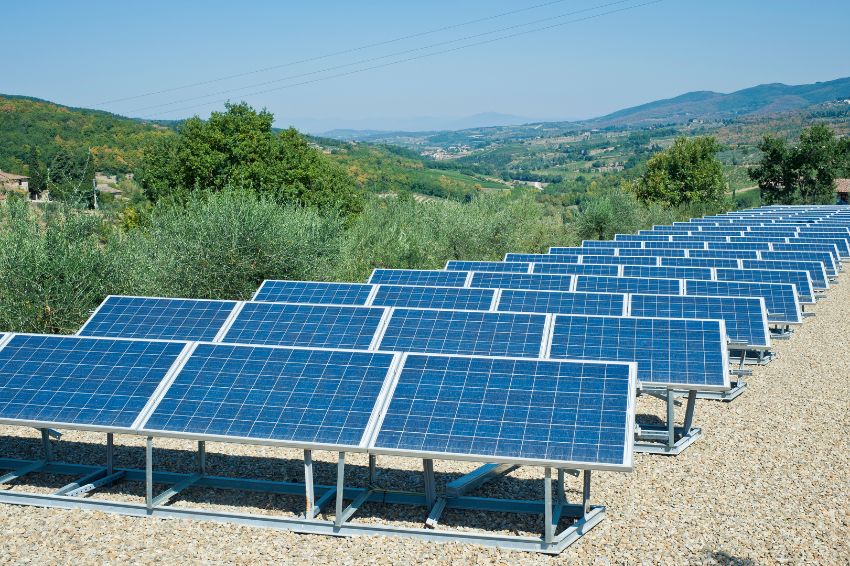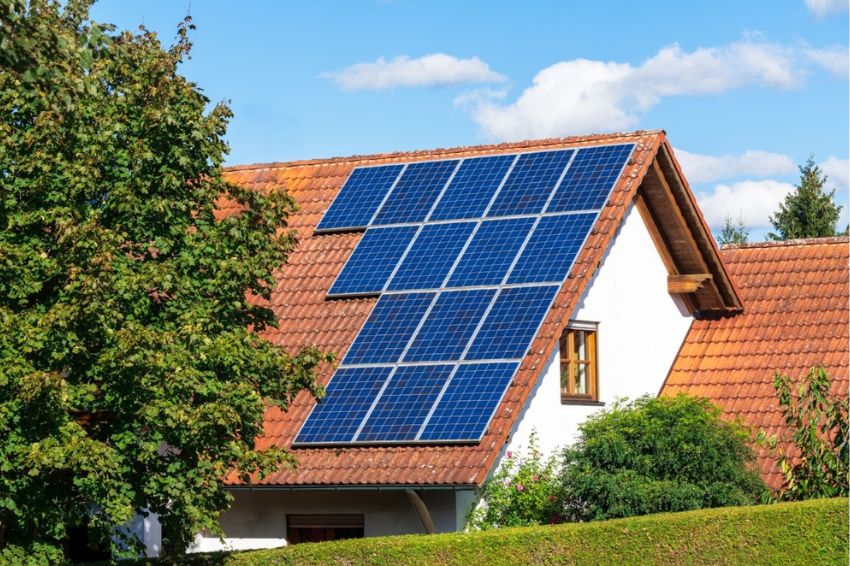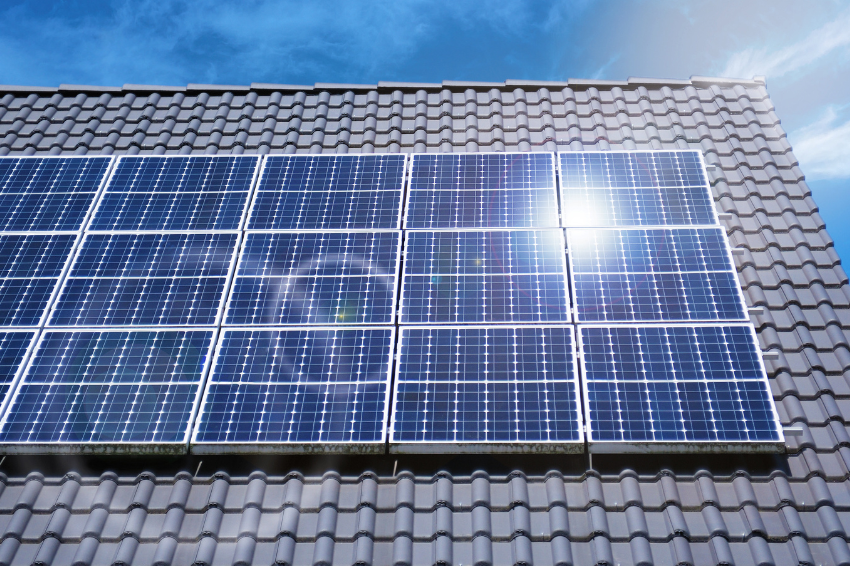The photovoltaic solar energy plate – also known as photovoltaic solar panel or photovoltaic module – is the equipment that, within a photovoltaic solar power system, will capture sunlight and transform it into electrical energy.
Photovoltaic solar panels are made of robust and resistant materials even in adverse weather conditions. They have a long lifespan, after all, their average useful life is 25 years.
What forms the solar power board
Photovoltaic solar panels are basically structures that hold together photovoltaic cells, responsible for the process of transforming sunlight into electrical energy. The more radiation from the sun the plate receives, the more energy it can generate.
The raw material for most photovoltaic cells is silicon, and they can be monocrystalline or polycrystalline, depending on their method of manufacturing and handling the element. While monocrystalline silicon cells are more efficient and have a higher cost, polycrystalline cells are cheaper in comparison, more sustainable, but also slightly less efficient.
There are also new technologies arriving on the photovoltaic market, such as the Perc and Type N cells, which seek to deliver more efficient products at more affordable prices.
A photovoltaic cell alone produces little energy, but when grouped with others and placed, usually in series, within the solar panels in a photovoltaic system, they can generate significant amounts of electrical energy.

In addition to photovoltaic cells, a solar panel is usually made up of metal fixing structures (often aluminum), tempered glass and plastic (EVA) plates. It is essential that all parts can provide resistance to wind, rain and other adverse weather conditions.
A photovoltaic solar energy system brings together several solar panels – the more, the greater the generation – to produce the electrical energy necessary to meet consumer demand.
How does it work?
In a photovoltaic system, the Solar panel has the role of capturing the Sun's radiation and passing it through your photovoltaic cells. The positive side of one cell is connected to the negative side of the other and so on.
This series connection allows the voltages to be added and the output voltage (V, volts) of a solar panel is equal to the sum of the voltages of each of the cells, resulting in the formation of direct current (DC).
In the same way that the associated cells generate photovoltaic solar panels, the set of plates in series or parallel is called a photovoltaic array. One or more arrays can be connected to create a photovoltaic system large enough to meet the requested energy demand.
After the solar panel acts, it is the turn of equipment called solar inverter. Its main function within the system is to use the direct current produced by the solar panel and convert it into alternating current (AC), so it can be consumed for various purposes.
In self-produced solar systems connected to the public electricity grid, if the production of the solar panels is greater than the consumption, then the surplus is injected into the network generating credits.
Credits generated from the electricity grid can be recovered by the consumer through a rebate on the next electricity bill, as provided for by the electrical energy compensation system created by REN 482 (Normative Resolution No. 482/2012) of ANEEL (National Electric Energy Agency).















